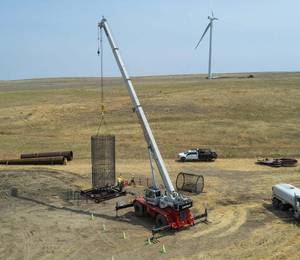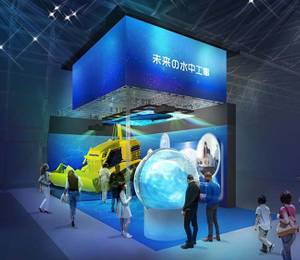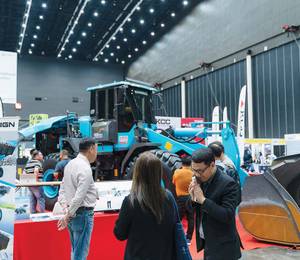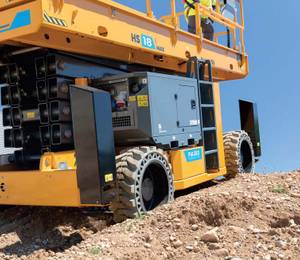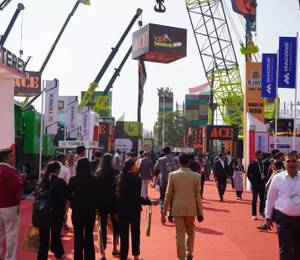Japanese company MIC Co Ltd has taken delivery of its fourth Demag CC 8800-1 crawler crane. The unit will be used in various infrastructure projects such as bridges, steelworks and oil refineries, as well as for the construction of offshore wind power facilities.
Headquartered in Aichi Prefecture, MIC owns numerous large cranes. “With cranes of this category, we can increase the amount of work we perform on the ground and reduce the amount we perform at height. This ensures reliability and shortens traffic closures. For instance, in bridge-building projects a large crane makes it possible to use the ‘large-block erection’ method, which is more efficient, leading to shorter construction times,” explained Eikichi Oyama, chairman of MIC.
“As companies have become more and more cost aware, shorter construction times are hugely beneficial in terms of reducing operating costs and increasing profits. This has caused demand for large cranes to soar, and thanks to the efficiency of our crane fleet, as well as the productivity of our skilled operators, we have received countless orders for large-scale infrastructure work.”
On MIC’s growing fleet of Demag CC 8800-1 cranes, Mr Oyama said, “The Demag CC 8800-1 provides a top lifting capacity of 1,600 t, yet has a compact design. The boom booster kit enhances its lifting capacity, taking the crane to the next level. Also, with its full boom length of 240 m, it can handle work at extreme heights. And, in addition to its capabilities as a crane, disassembly, transportation, and assembly are extremely efficient.”
MIC ordered its latest Demag CC 8880-1 with the company’s eye-catching paint scheme. “We want to freshen up the dull image people have of construction sites. With this in mind, we’ve introduced our own unique colour scheme, which we call ‘Dreamic Colour,’ to symbolise the importance of construction machinery in infrastructure development, maintenance and upkeep,” said Mr Oyama. “In this scheme, red stands for friendliness and solidity, yellow for a sense of adventure and consideration, blue for youth and growth, and green for calmness and reliability.”
